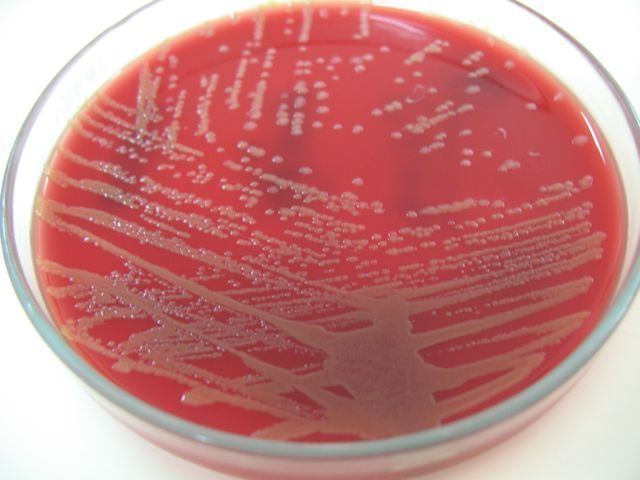Kingdom Bacteria Family Enterobacteriaceae Higher classification Pantoea | Order Enterobacteriales Genus Pantoea Rank Species | |
 | ||
Similar Pantoea, Bacteria, Erwinia, Enterobacter cloacae, Enterobacter | ||
Pantoea agglomerans is a Gram-negative bacterium that belongs to the family Enterobacteriaceae.
Contents
Formerly called Enterobacter agglomerans or Erwinia herbicola, it is an ubiquitous bacterium commonly isolated from plant surfaces, seeds, fruit (e.g., mandarin oranges), and animal or human feces.
Clinical isolates
Pantoea agglomerans is occasionally reported to be an opportunistic pathogen in immunocompromised patients, causing wound, blood, and urinary-tract infections. Infections are typically acquired from penetrating trauma by infected vegetation, and rarely from contaminated intravenous fluids or blood products. Bloodstream infection can lead to disseminated disease and end-organ infection, mainly septic arthritis, but also endophthalmitis, periostitis, endocarditis and osteomyelitis in humans.
Using the biochemical panels commonly employed in medical diagnostics it is difficult to differentiate Pantoea agglomerans from other species of the same genus or from members of related families such as Enterobacter, Klebsiella, and Serratia spp. This has led to confusion surrounding its pathogenicity as molecular studies based on DNA sequencing have disproved the identity of several clinical isolates initially reported as Pantoea agglomerans, . For the precise identification of Pantoea agglomerans non-culture based methods such as Multilocus sequence typing (MLST) or Whole-Cell MALDI-TOF MS are recommended.
Bacteriology
Pantoea agglomerans is found in the gut of locusts, which have adapted to use the guaiacol that Pantoea agglomerans produces to initiate swarming of locusts.
It is also commonly found as a symbiont in the gut of mosquitoes, where it has been genetically engineered to produce antimalaria effector molecules, reducing the prevalence of Plasmodium by up to 98%
Research has shown that Pantoea agglomerans can serve as a plant pathogen competitor for the management of plant diseases. Fire blight, a plant disease caused by bacterium Erwinia amylovora, is commonly found in pear and apple crops. After coming in contact with Erwinia amylovora, Pantoea agglomerans produces antibiotic properties that are toxic to the fire blight-inducing bacterium. It has been identified that it is possible that habitat modification or exclusion may also play a role in the effectiveness of the antibiosis of the fire blight biological control.
Environmental factors influencing the growth and spread of Pantoea agglomerans include winter chilling, good sunlight exposure and quality air circulation. In order for fruit-bearing trees, such as apple and pear trees, which are common Pantoea agglomerans hosts, to bloom, it is essential that they receive a period of chilling to revive them from their dormant state in the following Spring. In terms of sunlight exposure, fruit trees generally grow best in warm, moist and well-lit environments, thus Pantoea agglomerans must also be able to survive under these conditions if it hopes to infect healthy plant hosts. Additionally, since Pantoea agglomerans is an aerobic bacterium, it requires a certain level of air circulation in order to survive.
